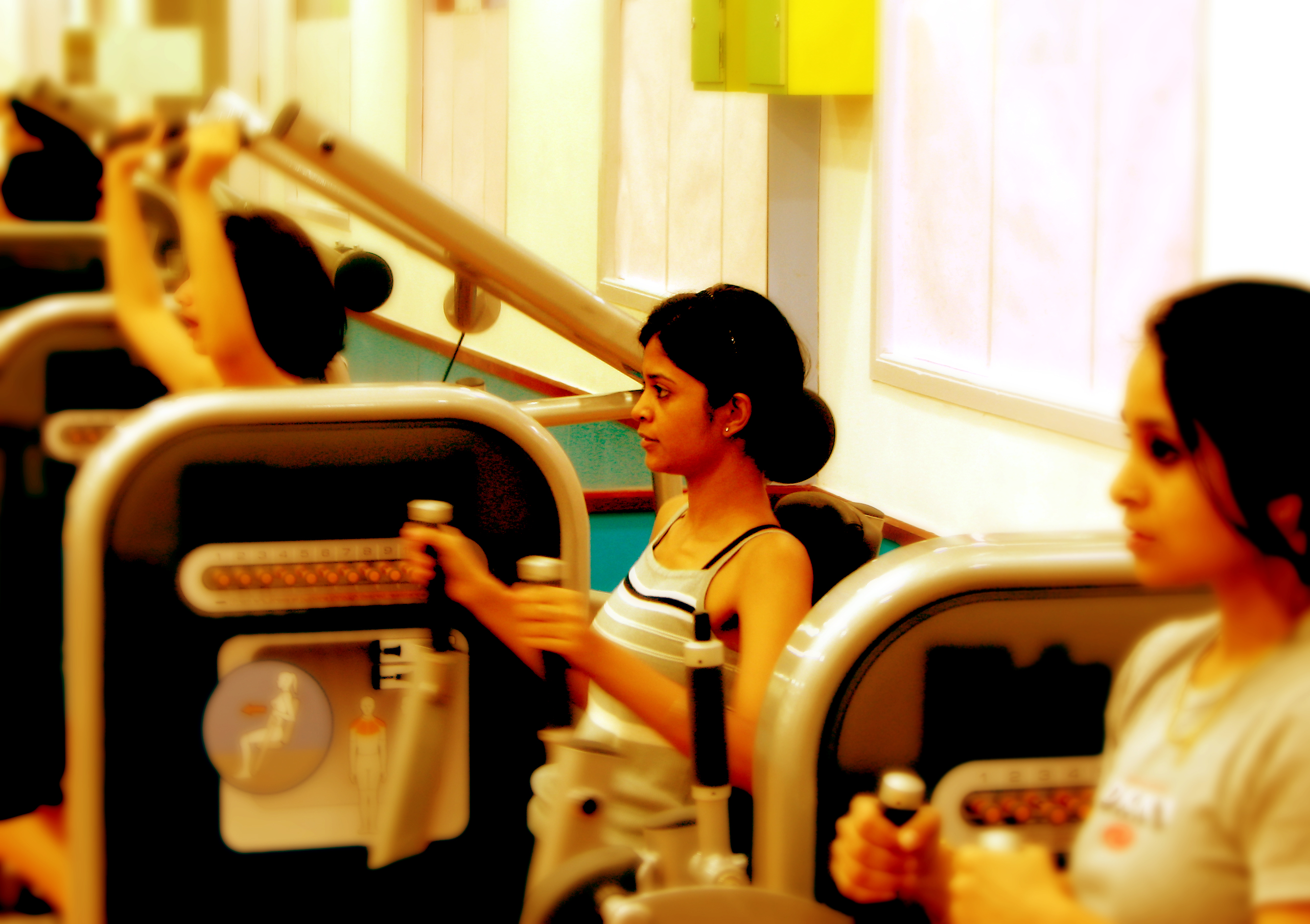
WEDNESDAY, May 15 (HealthDay News) — Film star Angelina Jolie will have her ovaries removed to help lower her odds for ovarian cancer, People magazine reported Wednesday.
The news comes just a day after Jolie, 37, revealed in an article published on the editorial page of The New York Times that she had undergone a double mastectomy. Jolie wrote that she made the decision after learning she carried a gene, called BRCA1, that is linked to a significantly higher risk for both breast and ovarian cancers.
Now, Jolie “is also planning to undergo surgery to remove her ovaries,” an operation known as oophorectomy, according to People.
Jolie’s mother, actress Marcheline Bertrand, died of ovarian cancer at the age of 56.
According to the Mayo Clinic, preventive removal of the ovaries can cut the risk of ovarian cancer in a woman with a BRCA mutation by 80 percent to 90 percent.
In the Times article, Jolie said she began the process to have both of her breasts removed in early February.
Writing about her mother’s nearly 10-year-long battle with cancer, Jolie said: “She held out long enough to meet the first of her grandchildren and to hold them in her arms. But my other children will never have the chance to know her and experience how loving and gracious she was.”
Jolie, who has six children with her companion and fellow film star Brad Pitt, said she often finds herself trying to explain to her children about the disease that killed her mother. “They have asked if the same could happen to me. I have always told them not to worry, but the truth is I carry a ‘faulty’ gene, BRCA1, which sharply increases my risk of developing breast cancer and ovarian cancer,” she wrote.
The BRCA1 and related BRCA2 genes belong to a class of human genes known as tumor suppressors. According to the U.S. National Cancer Institute, in normal cells, the BRCA1 and BRCA2 genes help to maintain the stability of a cell’s genetic material — called DNA — and help prevent uncontrolled cell growth. Mutation of these genes has been linked to the development of hereditary breast and ovarian cancer.
The cancer institute estimates that 14 out of every 1,000 women in the general population will develop ovarian cancer in their lifetime. However, that risk rises steeply among women with mutations in either the BRCA1 or BRCA2 genes to anywhere between 155 to 400 women per 1,000.
These genetic mutations are most commonly found in Jewish women of eastern European descent. Also, Norwegian, Dutch, and Icelandic peoples have higher rates of BRCA1 and BRCA2 mutations, according to the cancer institute.
Dr. Michael Cowher, a breast surgeon at the Cleveland Clinic, said the BRCA mutation doesn’t just affect women’s breasts or ovaries — males who carry the genetic mutation face an increased risk of breast and prostate cancers. Also, there’s an increased risk of pancreatic cancer in BRCA2 and some BRCA1 carriers, he said.
Oophorectomy does come with its own risks for premenopausal women, according to the Mayo Clinic, and the decision should be carefully considered. Risks include bone-thinning (osteoporosis), menopausal symptoms such as hot flashes and an increased risk of heart disease.
The procedure itself “is a generally safe procedure that carries a small risk of complications, including infection, intestinal blockage and injury to internal organs,” the Mayo Clinic said.
In regards to Jolie’s double mastectomy, experts stressed that breast removal isn’t the only choice facing a woman with BRCA mutations. “There are other options they can discuss with their doctor,” Cowher said. “These include chemoprevention with medications like tamoxifen, and increased frequency of clinical and image-based screening regimens,” he explained.
A double mastectomy involves removing as much “at-risk” tissue as possible to reduce the risk of cancer. The procedure does not, however, guarantee complete protection against cancer, according to the cancer institute.
Dr. Stephanie Bernik, chief of surgical oncology at Lenox Hill Hospital in New York City, called a double mastectomy “the best option for someone who is BRCA-positive.”
“The risk of cancer is extremely high and we know that you can watch them, but there is no guarantee that you will catch the cancer at an early stage,” she said. “If you have the ability to prevent a cancer, that’s probably the best route,” Bernik explained.
“Not everyone wants a prophylactic mastectomy and they don’t all do that,” Bernik said. “But women should certainly be informed.”
Bernik said more women are opting for the procedure. “The reconstructive options have improved dramatically over the past 15 years, so women can at least feel confident knowing that if they remove their breasts they will be left with a very good to excellent cosmetic result,” she said.
Writing in the Times article, Jolie said, “My doctors estimated that I had an 87 percent risk of breast cancer and a 50 percent risk of ovarian cancer, although the risk is different in the case of each woman.
“Once I knew that this was my reality, I decided to be proactive and to minimize the risk as much as I could. I made a decision to have a preventive double mastectomy.”
Jolie said the process of having her breasts removed was finished by late April, and included the reconstruction of both breasts with implants. “There have been many advances in this [reconstruction] procedure in the last few years, and the results can be beautiful,” she wrote.
According to the cancer institute, genetic testing can reveal whether a woman carries a BRCA1 or BRCA2 mutation. There are benefits to such testing, whether a woman receives a positive or a negative result. “The potential benefits of a negative result include a sense of relief and the possibility that special preventive checkups, tests, or surgeries may not be needed. A positive test result can bring relief from uncertainty and allow people to make informed decisions about their future, including taking steps to reduce their cancer risk,” the agency said.
For her part, Jolie said: “I wanted to write this to tell other women that the decision to have a mastectomy was not easy. But it is one I am very happy that I made. My chances of developing breast cancer have dropped from 87 percent to under 5 percent. I can tell my children that they don’t need to fear they will lose me to breast cancer.”
“For any woman reading this, I hope it helps you to know you have options. I want to encourage every woman, especially if you have a family history of breast or ovarian cancer, to seek out the information and medical experts who can help you through this aspect of your life, and to make your own informed choices.”
More information
To learn more about the BRCA1 and BRCA2 mutations, visit Susan G. Komen for the Cure.

